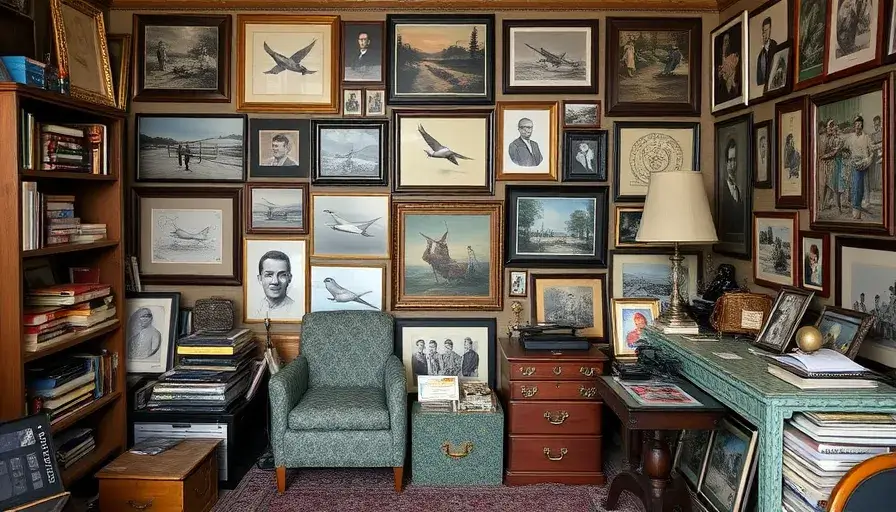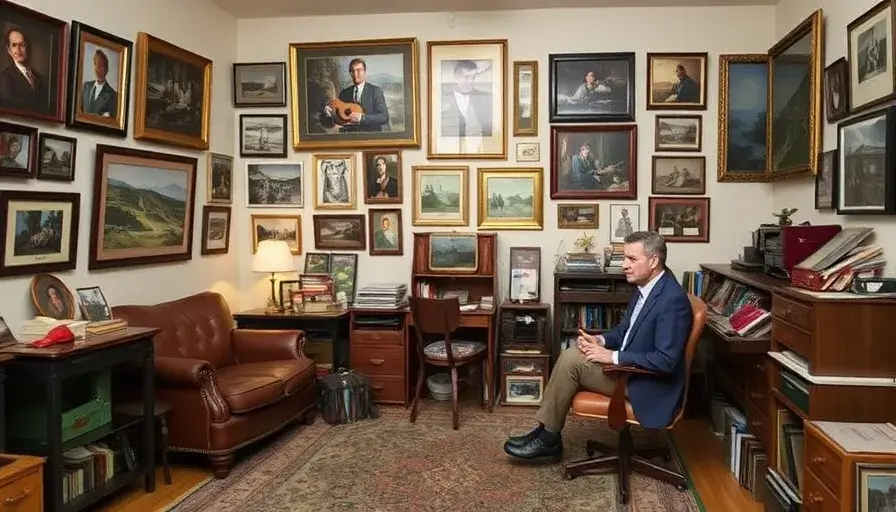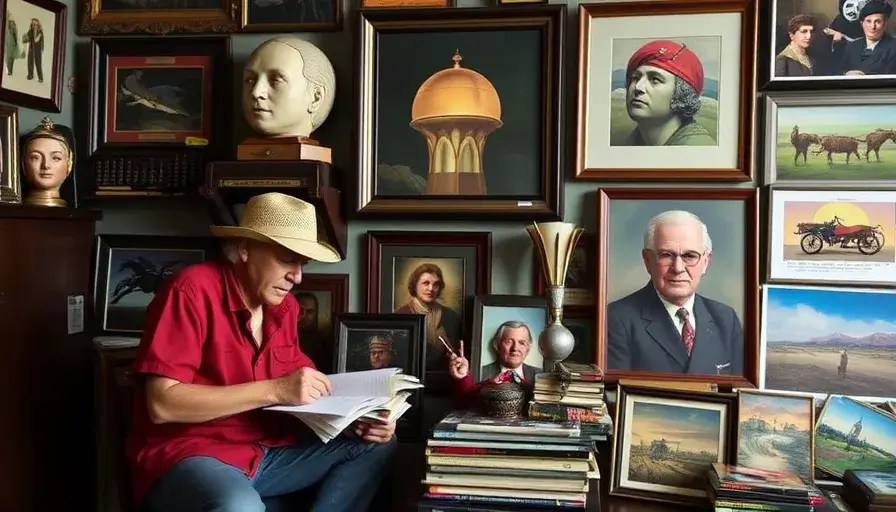Deep Dive into Rare Book Collecting
Explore the nuances of rare book collecting, from valuation to preservation.
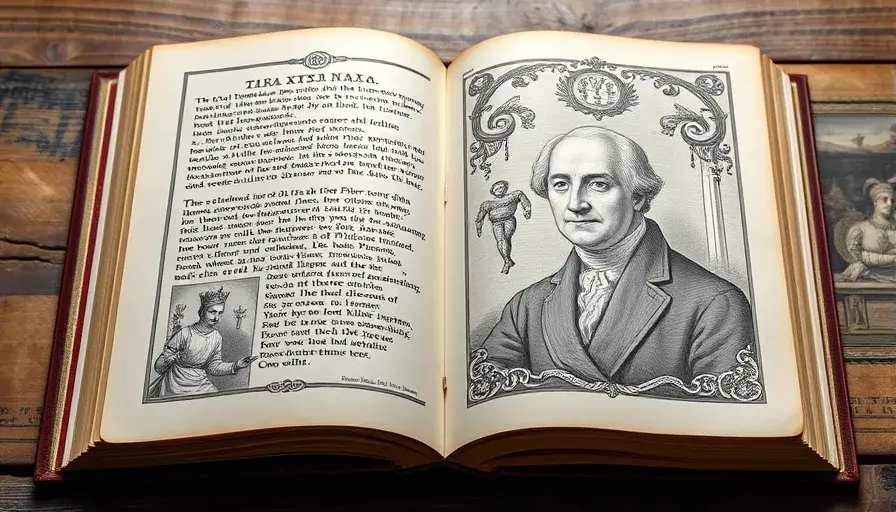
Book
$ 17.99
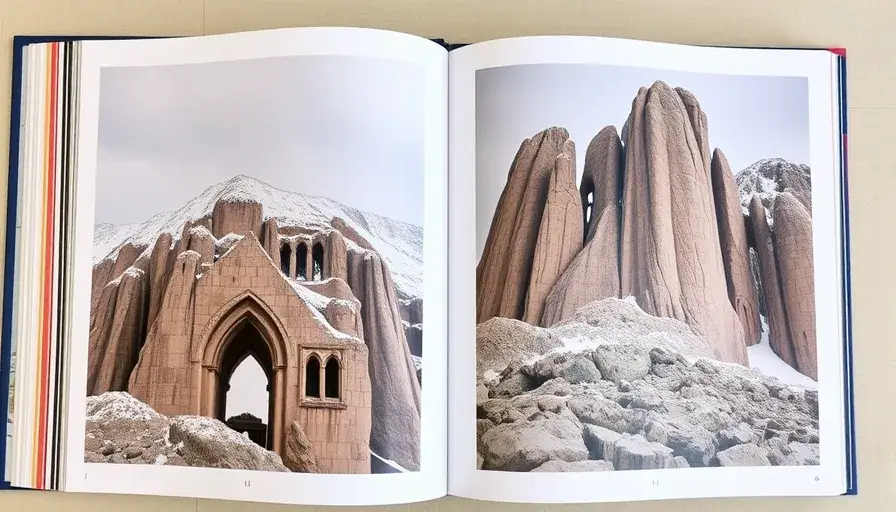
Book
$ 8.99

Book
$ 5.99

Books
$ 10.99

Book
$ 14.99

Books
$ 12.99
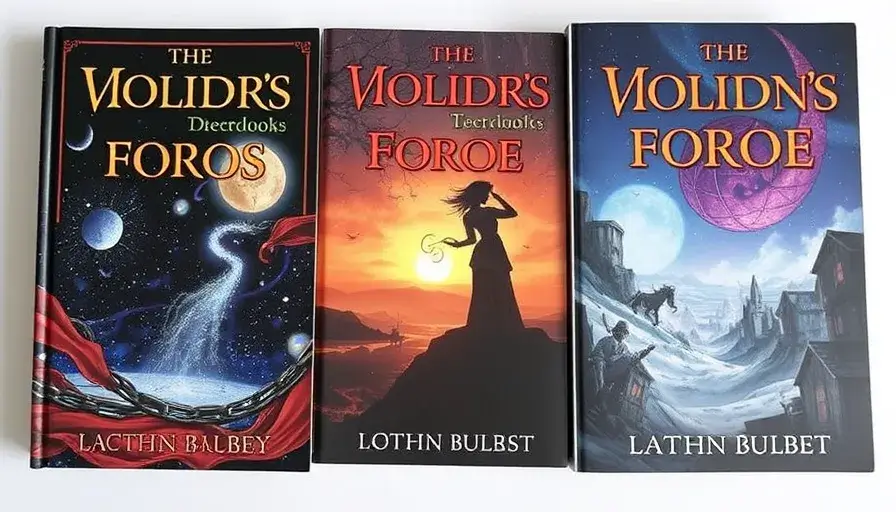
Books
$ 13.99

Book
$ 11.99
The History of Rare Book Collecting
Rare book collecting has a rich history dating back centuries. This section explores the origins and evolution of this fascinating hobby, from the Renaissance collectors to modern-day enthusiasts.
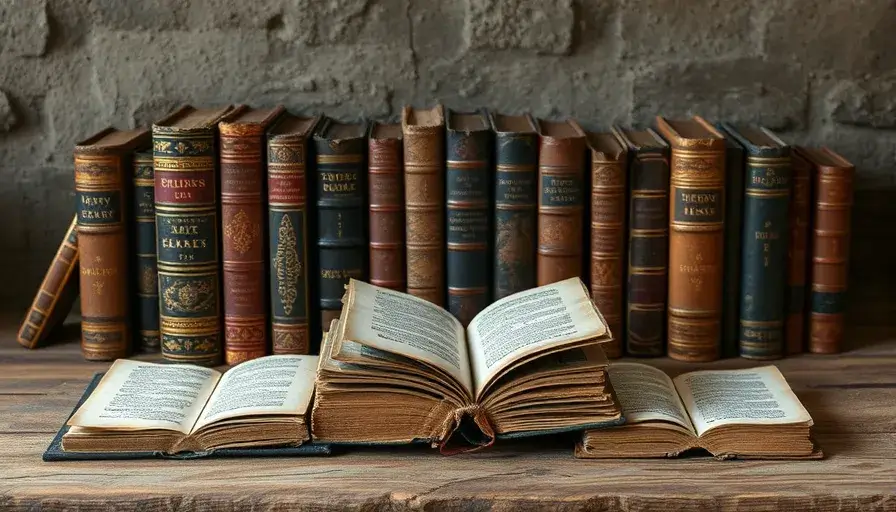
How to Value a Rare Book
Understanding the value of a rare book involves several factors: edition, condition, provenance, and market demand. Below is a table with examples of book valuations based on these factors.
| Book Title | Edition | Condition | Provenance | Estimated Value |
|---|---|---|---|---|
| "The Great Gatsby" by F. Scott Fitzgerald | First Edition, 1925 | Near Fine | Owned by Ernest Hemingway | $200,000 - $300,000 |
| "Pride and Prejudice" by Jane Austen | First Edition, 1813 | Very Good | None | $50,000 - $80,000 |
| "Moby-Dick" by Herman Melville | First Edition, 1851 | Good | Autographed by Author | $100,000 - $150,000 |
| "To Kill a Mockingbird" by Harper Lee | First Edition, 1960 | Fine | First Print Run | $20,000 - $30,000 |
| "Don Quixote" by Miguel de Cervantes | First English Edition, 1612 | Poor | None | $150,000 - $250,000 |
| "Alice's Adventures in Wonderland" by Lewis Carroll | First Edition, 1865 | Very Good | Illustrations by John Tenniel | $100,000 - $150,000 |
| "Frankenstein" by Mary Shelley | First Edition, 1818 | Good | None | $80,000 - $120,000 |
Preservation Tips for Rare Books
Proper preservation is key to maintaining the value and condition of rare books. Follow these tips to ensure your collection remains in pristine condition.
- Store books in a cool, dry place: Avoid areas with high humidity or direct sunlight, as these can damage the paper and bindings.
- Handle with clean, dry hands: Always wash and dry your hands before handling rare books to prevent oils and dirt from transferring to the pages.
- Use acid-free materials: Store books in acid-free boxes or wrap them in acid-free paper to prevent deterioration over time.
- Avoid over-opening: Gently open books to avoid stressing the spine and weakening the binding.
- Support the spine: When reading or displaying large books, use a book cradle or other support to prevent strain on the spine.
- Regularly dust bookshelves: Dust can accumulate and damage the covers and edges of books, so keep your shelves clean.
- Monitor for pests: Regularly check for signs of insects or rodents, which can cause significant damage to paper and bindings.
Collector Interviews
Get insights from seasoned collectors about their most treasured finds, their strategies for sourcing rare books, and the stories behind their collections.
